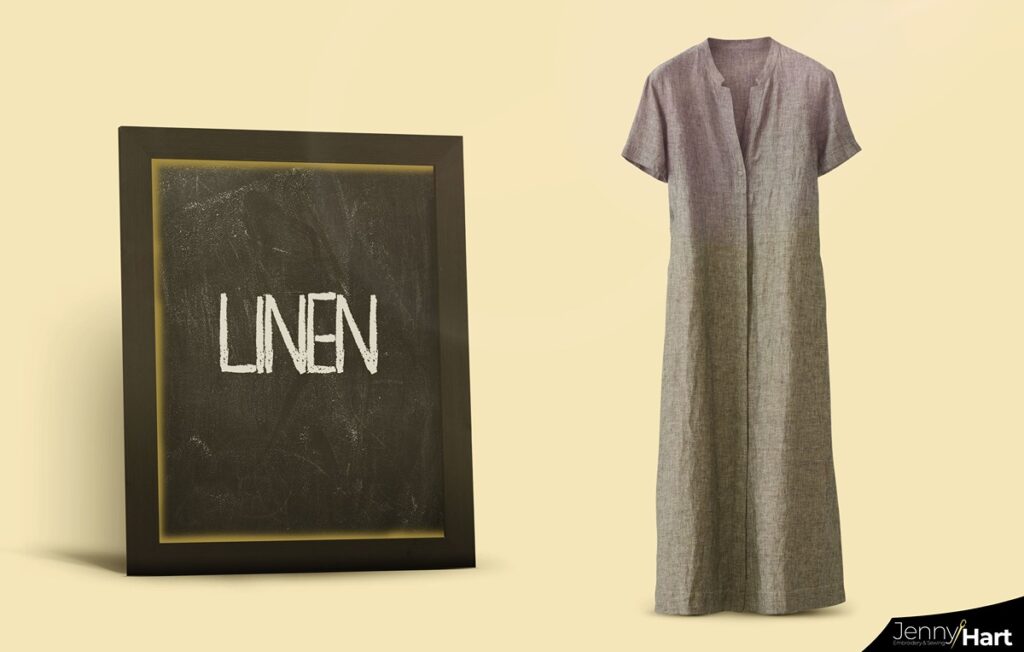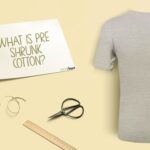Comparing a natural fiber to an artificial one may seem like a lost cause, and it might not even make sense at first. You may think that that’s the case with “Rayon vs Linen”. It is not though; rayon and linen share the same playing field of being durable well used materials throughout various industries. It makes a lot of sense to compare them and try to make a quality choice that will last you for a long time.
If the fabric’s lifespan is important to you, I can say with confidence that linen is the ideal option. Linen is not just fantastic for lasting a long time; it also has a lot of great attributes while having little to no dealbreakers. Something I can’t say with confidence about rayon.
Rayon vs. Linen: A Great Comparison
Rayon as a fabric

Being a synthetic fiber rayon was molded to almost achieve perfection. In the textile industry, it is also referred to as “artificial silk” because it shares a lot of traits with silk itself.
This innovation was brought into the marketplace in the late 19th century. Created from wood pulp it seems like a perfect alternative to silk. Rayon has several silk-like qualities, such as softness, breathability, and shine. These characteristics also make rayon an excellent fabric for outdoor activities, in addition to the clothing industry. Most people overlook the fact that rayon has downsides, which we shall discuss further below while comparing it to linen.
Linen as a fabric

When you think about linen the first thing that usually comes to mind is summer. This is for a reason of course. Linen is known for its breathability, loos flow, and softness. It is what sets the material apart from other textiles.
Invented centuries before rayon linen has become a well-known fabric to all of humanity. Being derived from flax plants, making it a natural fiber, many believe that it is also a healthier option when it comes to threads. Linen has found use in the household decor department as well as in articles of clothing thus making linen an extremely versatile fabric.
At first glance, rayon and linen appear to be two extremely separate fabrics that should not even be considered comparable. As we have seen thus far, they do have some similarities, but we shall see their distinctions throughout this article, which will help you decide as a consumer.
Fabric Durability
A key factor for decision-making about textiles is their stability. The durability of the fabric will determine its longevity in your wardrobe.
For starters rayon is a very durable fabric but with one big flaw, its sensitivity to water. You can tug rayon without a care, and it will keep its form however under the moistness of water its fibers lose their stiffness and thus making rayon easy to tear. If you can keep this in mind while owning rayon it is a safe purchase for longevity.
Continuing to linen, we have one of the most durable fabrics on the market. When compared to rayon, linen becomes stronger when wet. This is rather impressive considering how uncommon this trait is in soft threads. Its stretchability properties may be considered beneficial by some while problematic by others. Linen is not the most stretchable fiber, which is great for lifespan but not so ideal for being an elastic thread that goes back to its original construct.
Now, I’m not claiming rayon has no chance against linen in terms of long-term durability, but it does face a difficult challenge. If you want a sturdy material that can survive in a variety of conditions, linen is the ideal option. Rayon is also a good decision, but it is one you should make only if elasticity in the fabric is important to you.
Maintenance After Purchase
Aftercare of fabric is a very essential part when deciding since it will be a big part of the article’s life and course yours. An important reminder here is to check the tags of the article, you may already know how to take care of the fabric, but it is essential to understand what the manufacturers recommend also.
When it comes to caring for Rayon after purchase, there are a few steps that you have to remember and follow. These precautions are necessary because of rayon’s vulnerability to high temperatures. Rayon shouldn’t be washed on high heat settings since those temperatures cause rayon fibers to contract, you must wash it in cold water.
This shrinkage will be the reason your clothes will look doll-like, drying machines will also give this effect. Another tiresome note about rayon is that when air drying it you must avoid UV rays at all costs. The heat given by the sun can also shrink the garment. The list goes on when you think about its wrinkle properties, being an artificial imitation of silk rayon wrinkles very easily, something you should keep in mind upon purchase.
Linen is yet again a savior in this department. The only steps you should take with this fabric is flipping your clothes inside out and not bleaching them upon wash. Drying is also effortless with this material; simply toss it in the drying machine without worry. Due to its breathability linen tends to dry quickly when air-dried. The only drawback linen has is that linen is extremely wrinkly, it is impossible to own it if you struggle with having creases.
Ecosystem friendliness
If you are concerned about the impact of fabrics on the world you should not worry about either of these fabrics.
To begin with rayon, something most will find surprising is that this artificially made fabric decomposes in three weeks or less. The same can be said about linen. Linen is even faster with its decomposing process taking only up to two weeks to do so. A great trait of linen is that due to it being a natural-based material it essentially can be produced without harming the atmosphere, great news if you are trying to be environmentally conscious when shopping.
Final Thoughts
Both rayon and linen are wonderful materials, and their popularity is not without cause. The answer to “Rayon vs Linen” depends on personal preference; some may believe that the benefits of linen are worth the extra expense, while others may believe that rayon delivers the same or even greater qualities for half the price.
To clear the tension linen has stood the test of time for a reason, if you can see yourself not worrying about creases the ideal choice is linen. You wouldn’t be wrong by choosing rayon either if it suits your needs, but I cannot lie about linen enchantments as a fabric.
Further Reading
There are some other comparison blogs you can read, like rayon vs nylon or another that tells the differences between rayon and modal, while another would differ rayon vs silk.
A blog also lists the best fabric curtains, and another one tells you how to tighten pants without a belt.
Sewing is definitely one of my biggest hobbies. I’ve been doing it since i was young, thanks to my mother. I specialize in sewing, and that’s what i mostly write about.



